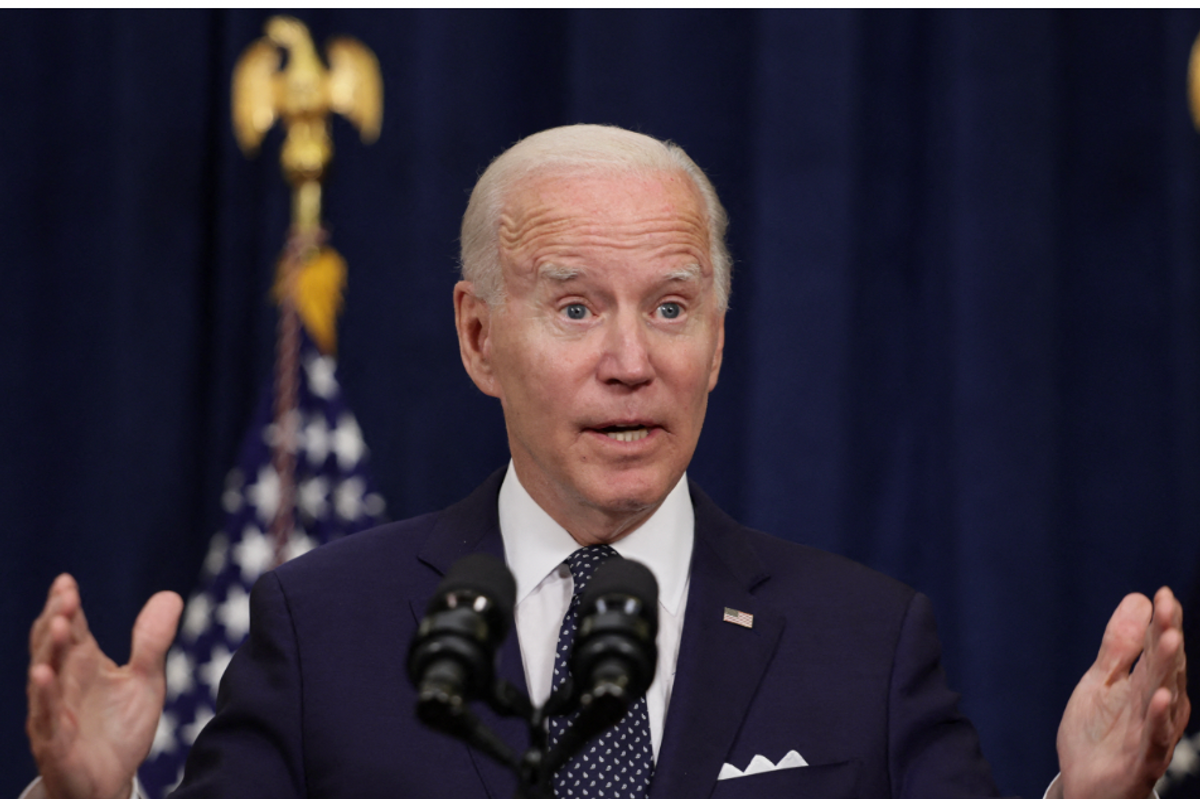
By Beth Pinsker
NEW YORK (Reuters) – As a financial planner who also sells long-term care insurance, Regi Armstrong always planned to buy a policy at some point. The only question was when.
The Florence, South Carolina, resident and his wife made the leap early, when they were still in their 40s, and today he is glad they did. Three years into paying premiums of $3,800 a year, his wife, now 49, got diagnosed with a serious auto-immune disorder that would have disqualified her.
“Life is fickle,” says Armstrong, who is 50. “You don’t know when you are going to get sick.”
Of the 4.8 million people who have long-term care insurance, the average age to purchase it is 57. More than 80 percent of buyers are 50 or older, according to financial services research group LIMRA.
Among the chief arguments for buying long-term care insurance early is that you could, at any time, develop an illness that would disqualify you while forcing you to incur tremendous expenses.
Care costs an average of $46,000 a year in the home and $80,000 in a nursing home, according to a survey from Genworth, one of the largest long-term care insurers.
The danger in waiting jumps by age, said Jesse Slome, president of the American Association for Long-Term Care Insurance, a trade group.
Between ages 60 and 69, 27 percent of individuals who applied were rejected for health reasons. Go up a decade, and the decline rate is 45 percent. But below 50, it is just 14 percent.
COMPARING COSTS
The other main concern is price. The earlier you sign up, the less you pay.
A 45-old-woman would pay on the order of $215 per month for a fairly typical policy from Genworth. A 55-year-old would pay $250.
But wait a few years and the numbers multiply. Armstrong regularly prices coverage for clients who are trying to see if they can get better deals. His rule of thumb is that if a policy is older than two years, it is hard to improve on it.
One client, who is now 66, is paying about $1,000 a year for a policy he got about 15 years ago. “He’s paying half of what I’m paying, and he’s 16 years older,” Armstrong said.
According to a study by insurance carrier John Hancock, a 50-year-old would pay 15 percent less over a lifetime of premiums than a person who started a policy at age 55, while a 40-year-old would pay 40 percent less than that 55-year-old.
Group policies can offer more savings. Most carriers have stopped offering them, although Genworth is starting to expand in that area again, said Chris Conklin, senior vice president of product development.
(The premium on my own group policy, which I bought into a few jobs ago when I was in my 30s, has not yet cracked $25 per month after 10 years.)
BENEFIT OF PLANNING
The argument to buy early is not likely to sway most people because long-term care insurance itself is pretty much a non-starter for non-planners, says Robert Applebaum, professor of Gerontology at Miami University in Oxford, Ohio.
For one thing, it is a costly monthly reminder of all the bad things that can befall you before you die – even more of a downer than thinking about life insurance.
Also, policy parameters and the companies offering them change often, so it is not always easy to compare deals. Some carriers are now bundling long-term care insurance features with life insurance or annuities, Applebaum said.
These are increasing in popularity, according to LIMRA, while stand-alone long-term care policies are declining.
Many people do not like the idea of paying premiums for years and never getting the benefit, either because they will not need it or because they will not be able to keep up payments.
Slome’s suggestion for managing costs: Buy a policy that is expandable. Start with a limited benefit when you are young to keep premiums low, and then pay up as you age.
(Editing by Lauren Young and Lisa Von Ahn)
Sandy Wright (L) receives some help getting into her exercise bike from her C.N.A. (Certified Nursing Assistant) Jessica Haynes at her home in Peoria, Illinois, November 25, 2013. REUTERS/Jim Young


